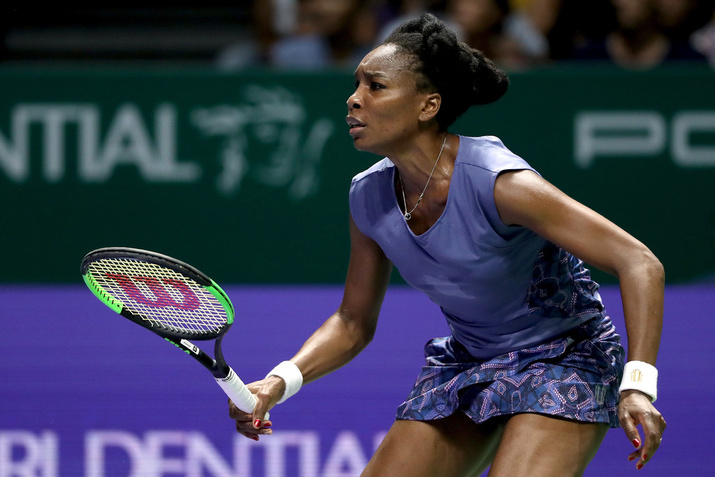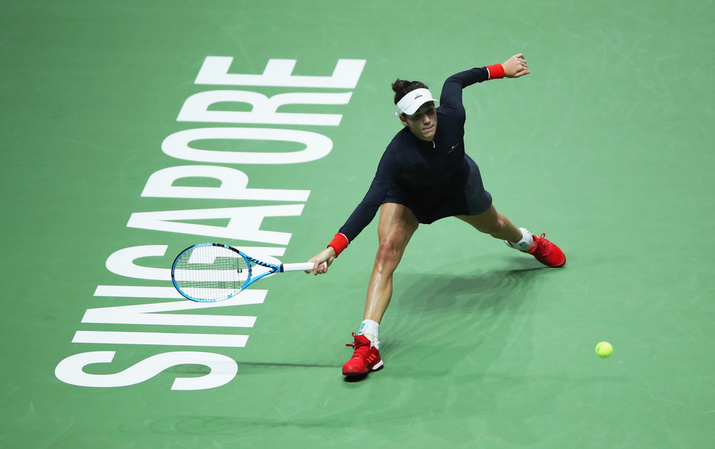Don't miss any stories → Follow Tennis View
FollowThe WTA's Big Gamble
The WTA Finals are upon us and with them the essential end to another year in women's tennis. Fans and pundits alike will undoubtedly begin to take stock of the year that was and what to look forward to in 2018. Yet for all the results and various headlines that have come and gone, many could be forgiven for feeling like there is less to take stock of in 2017 simply because there was less available coverage of the WTA than in years past. The WTA came into 2017 knowing that would be the case but felt it was worth it in the long run. The jury is still out as to whether that gamble will pay off.
It was at the end of 2016 when the WTA announced that in an effort to “drive their own story,” they would be leaving TennisTV, the ATP's streaming service, and launching their own exclusive streaming service. They also parted ways with Tennis Channel and took their overseas tournaments to beIN Sports. It is admirable that the WTA wants to show more independence and garner greater control of its product, but there were definitely more negatives than positives when it came to this controversial decision.

For starters, there was the glaring lack of coverage on both the streaming and television fronts. It was not until well into the season that the WTA finally had its streaming service up and running. This was a major source of frustration for fans who were used to having an abundance of WTA coverage at their fingertips on a myriad of platforms, with multiple highlights and full-match replays also readily available. The switch in television networks also added to the gap, as beIN Sports does not have a major presence in one of the largest markets, the United States. It is available in less than half the number of homes there than Tennis Channel, which basically guaranteed fewer eyes watching women's tennis on television and led to added moans and groans.
Perhaps the WTA is banking on the old adage “absence makes the heart grow fonder,” and the lack of coverage in 2017 will have given fans a chance to miss it and crave it come 2018. The potential pitfall with that line of thought, however, is that aside from the most ardent of fans, others may have simply adjusted to seeing fewer women's tennis and are content with only seeing it at the biggest events, like the slams. That is particularly risky given that most would agree that men's tennis has been the more popular of the two tours for the better part of the last couple decades, and as such, fans could be less inclined to spend the extra money on a more expensive television cable package or additional streaming service to catch the WTA.

The other negative in the changes to WTA coverage this year is that it hurt the sport as a whole to at least some degree. At the dual events, live coverage was at times forced to showcase two journeymen of the ATP when a top star was competing on the WTA due to a lack of television rights, or worse, match replays would have to be employed during live coverage if the only live tennis at any given moment was women's tennis. That, too, is a recipe for frustrating and losing fans.
Suffice it to say, there were more than a few bumps in the road with the WTA's decision to shake up its coverage for the year. Then again, it was prepared for that and is optimistic things will improve next season. The WTA will start 2018 with the streaming service up and ready to go from ball 1, and fans are more aware of when and where they can catch matches. That said, it could be too little too late. 2018 will be a big year in determining whether or not the WTA's gamble has paid off or if it has overestimated the worth and ultimately hurt its current product.










